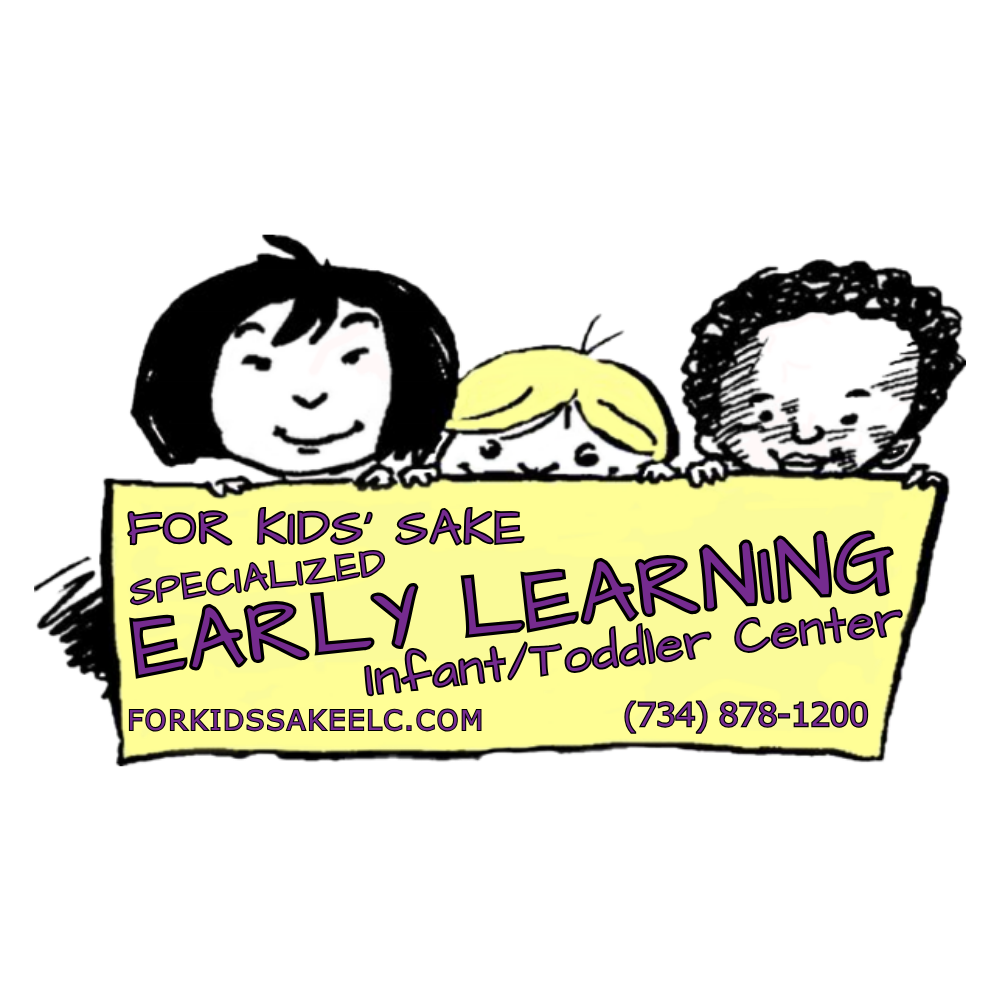We believe that children need to move for many reasons: to gain information about their world and objects in it; to burn off energy and relieve stress; to improve strength and coordination; and to physically connect with others. Brain research shows that motor development is closely linked to brain development. Our job is to provide a safe, rx comfortable environment and challenging activities that will engage young bodies and minds.
At FKS, you will find:
- Developmentally appropriate fixtures to support children as they learn to crawl, walk, run, and climb.
- Songs, chants, and dancing to improve coordination and spatial awareness.
- Toys and activities that encourage children to cooperate as they work and play together.
- Developmentally appropriate fine motor manipulatives that challenge children to put things together and take them apart.
- Whole-body art projects.
- Outdoor playspace that anticipates children’s developmental challenges and encourages them to use their imagination as they work their muscles.
- Regular visits from movement consultants.

Key Motor Experiences in Early Childhood
Coordination: Small and large muscle groups need plenty of practice to move together and maintain balance and control for tasks from handwriting to running to throwing. Children need physical tasks that require them to “cross the midline” and use both sides of their brain, which also has cognitive benefits for creativity and spatial tasks
Strength: Children increase their small and large muscle strength through repeated and varied physical activities.
Stamina: Outdoor time helps children develop physical stamina. Kids who are in the habit of being physically active develop productive ways to relieve stress and tend to stay active as they age.
Our bottom line: children who get moving daily — indoors and outside — will have stronger, healthier minds and bodies.
Motor Skills Curriculum
We teach according to children’s actual development rather than expecting them to conform to an age-based standard. Our curriculum is cumulative, so older children might demonstrate many outcomes on this page.

Infants:
- Dance with streamers, bells, and maracas.
- Rock in the teacher’s arms.
- Spend tummy time on the floor, strengthening back and stomach muscles and freeing hands for play.
- Crawl and pull to a stand using furniture, & push toys.
- Develop a pincer grasp to grip small objects.
Toddlers:
- Climb stairs and get in and out of chairs.
- Roll and throw balls and bean bags in a general direction.
- Begin to catch large balls using both hands and their chest.
- Pedal big-wheel type trikes, pull wagons, and find other ways to move large objects with wheels.
- Sift, sort, and gather sensory table materials using tools.
- Dance.
- String beads, work puzzles, and stack things.
Preschoolers:
- Walk up and down stairs
- Begin to balance on one foot; hop on two legs.
- Throw and catch objects with increasing accuracy.
- Lift and move heavy objects on the playground: logs, milk crates, and toys.
- Fit together interlocking building materials; tie knots; use scissors and glue.
- Run, gallop, march, and/or skip.
Kindergarten & School Age
- Build complicated structures using small building materials.
- Use journals, lists, and signs to practice handwriting.
- Stand or hop on one leg; walk on a wide balance beam.
- Throw and catch a large ball with a friend; shoot balls through a hoop or into a basket.
- Pedal trikes and bikes
- Dance with coordinated moves to their favorite music.
- Create whole-body art murals, sculptures, and paintings.
- Conduct science experiments using tongs, tweezers, and pipettes.
